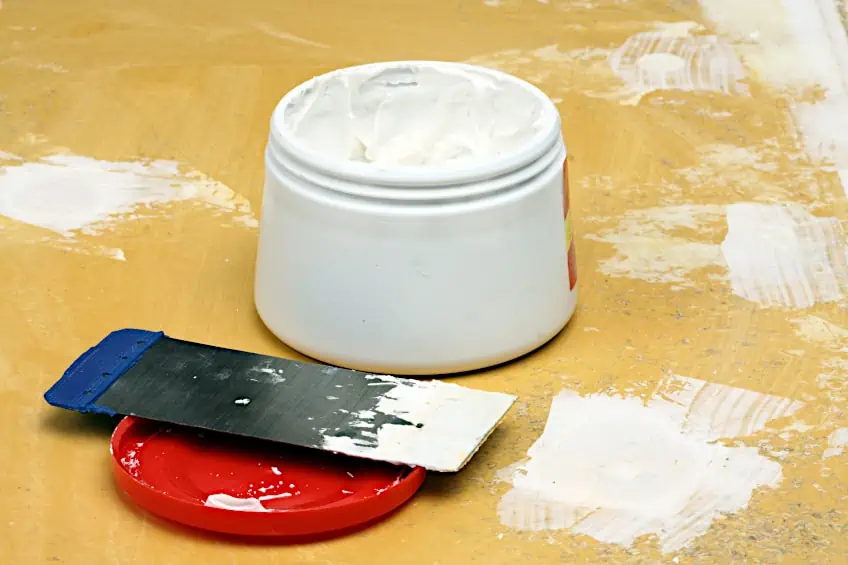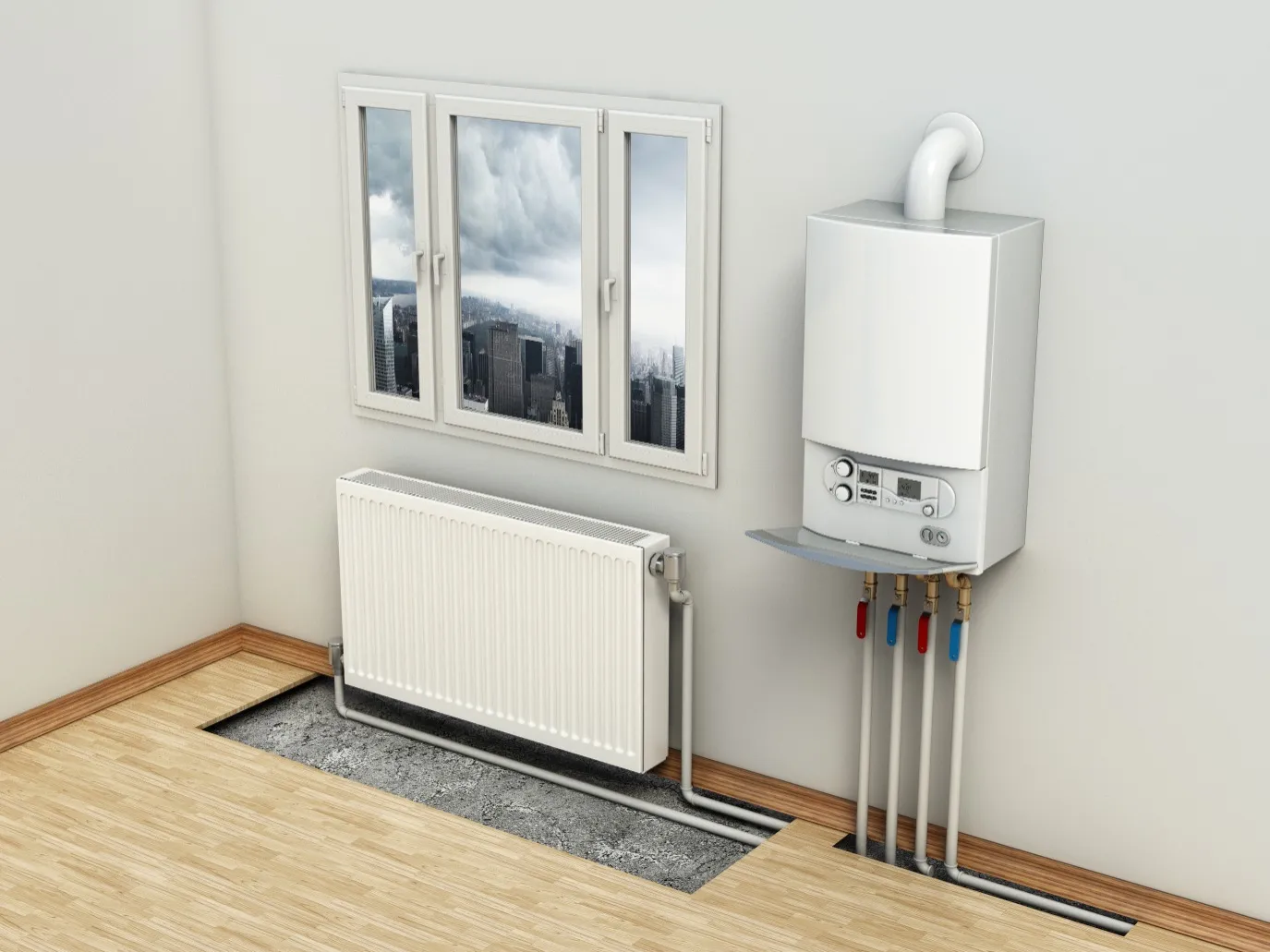How Long Does Spackle Last Once Opened?

Spackle is a go-to solution for quick home repairs, especially when it comes to filling holes and cracks in walls. However, many people are unsure about how long spackle lasts once opened. This question arises frequently among DIY enthusiasts, contractors, and homeowners who want to know whether they need to toss out that half-used container or if it’s still good for future projects. The lifespan of spackle can depend on various factors, including storage conditions, type of spackle, and whether it has been properly sealed after use. In this article, we will explore how long spackle lasts once opened, how to store it to extend its usability, and how to tell if it’s still safe and effective to use.
How Long Does Spackle Last After Opening?
When properly stored, spackle can last for a long time after being opened. Generally, spackle can last anywhere from 6 months to a year after opening, but this time frame may vary depending on several factors.
Factors That Affect Spackle’s Shelf Life:
- Storage Conditions: The environment in which you store your spackle plays a major role in how long it will last. Spackle should be kept in a cool, dry place, away from extreme temperatures or moisture. Exposure to heat, humidity, or freezing conditions can drastically reduce its effectiveness.
- Sealing the Container: After using spackle, it’s crucial to seal the container tightly. If air is allowed to enter, the spackle can dry out and form a thick, unusable consistency. A properly sealed container can extend its shelf life for months.
- Type of Spackle: There are different types of spackle (e.g., lightweight, vinyl, and adhesive). Each type has its own recommended shelf life. For instance, lightweight spackle may dry out faster than vinyl spackle, which tends to have a longer shelf life if kept sealed.
Signs That Spackle Has Gone Bad
Even with proper storage, spackle doesn’t last indefinitely. Over time, it may become less effective and more difficult to use. Here are some signs that your spackle may have gone bad:
1. Cracking or Hardening
If you open the spackle container and find that the contents have hardened into a solid block, it’s a clear sign that it’s no longer usable. This often happens if the container wasn’t sealed properly after use, or if it was stored in an environment with fluctuating temperatures.
2. Dry or Thickened Consistency
Spackle that has been opened for an extended period of time may dry out and become too thick to spread evenly. If you notice that the spackle no longer has the smooth, creamy consistency it originally had, it’s likely past its prime. While it may still be usable by adding a little water, it’s important to assess whether the product will still provide strong adhesion.
3. Separation of Liquids
If you see that a layer of water or liquid has separated from the spackle, this can be a sign of deterioration. While it’s possible to stir the liquid back in, it might indicate that the spackle has started to lose its original effectiveness.
4. Foul Smell
If the spackle has an off or sour smell, it’s best to dispose of it. A bad odor indicates that the product has spoiled and may contain bacteria or other harmful microorganisms.
How to Properly Store Spackle for Longevity
Proper storage is the key to making sure your spackle lasts as long as possible. Follow these guidelines to extend its shelf life:
1. Seal the Container Tightly
Always make sure the lid of the spackle container is tightly sealed after use. This helps prevent air from getting in and drying out the product. If the lid is damaged, consider transferring the spackle to a different airtight container.
2. Store in a Cool, Dry Place
Keep the spackle in a cool, dry area away from direct sunlight or heat sources. Excessive heat can cause the spackle to dry out, while high humidity can cause it to spoil. A temperature range of 50°F to 75°F (10°C to 24°C) is ideal.
3. Use a Plastic Wrap for Extra Protection
For added protection, you can lay a piece of plastic wrap directly over the surface of the spackle before sealing the container. This will reduce the amount of air that comes into contact with the product, further extending its usability.
4. Avoid Freezing
While cold temperatures might seem like a good way to preserve spackle, freezing can cause the product to separate and become unusable. Always store spackle at room temperature to maintain its integrity.
Can You Revive Old Spackle?
If your spackle has started to dry out but hasn’t completely hardened, you might be able to revive it. Here’s how:
1. Add Water
If the spackle has thickened but is still pliable, try adding a small amount of water and mixing it thoroughly to bring it back to the right consistency. Start with a teaspoon of water and gradually add more if needed. Be cautious not to add too much, as this could ruin the consistency.
2. Stir Thoroughly
After adding water, give the spackle a thorough stir to ensure it becomes smooth again. If the spackle is too thick to stir, it may not be worth the effort, and it’s best to discard it.
How Long Does Different Types of Spackle Last?
The shelf life of spackle can vary depending on its type. Here’s a general guideline for common types of spackle:
1. Lightweight Spackle
Lightweight spackle is often used for smaller holes and cracks. It generally has a shorter shelf life than other types and may dry out within 6 months of opening if not properly sealed.
2. Vinyl Spackle
Vinyl-based spackle tends to have a longer shelf life than lightweight spackle. When properly stored, it can last up to 12 months after opening.
3. Acrylic Spackle
Acrylic spackle is durable and versatile, making it suitable for a variety of repairs. It can last up to 12 months if stored in optimal conditions.
4. Epoxy Spackle
Epoxy spackle, known for its strength and use in heavy-duty repairs, has a relatively long shelf life. It can last up to 1 year after being opened, but it’s essential to ensure the container is sealed tightly.
Conclusion
Spackle can last for a significant amount of time once opened, typically ranging from 6 months to a year, depending on how well it’s stored. By following proper storage practices—such as keeping the container sealed tightly and storing it in a cool, dry place—you can extend the usability of your spackle. However, if your spackle shows signs of cracking, hardening, or separation, it’s time to replace it. With the right care, your spackle will be ready for your next home improvement project without any issues. How long does spackle last once opened




